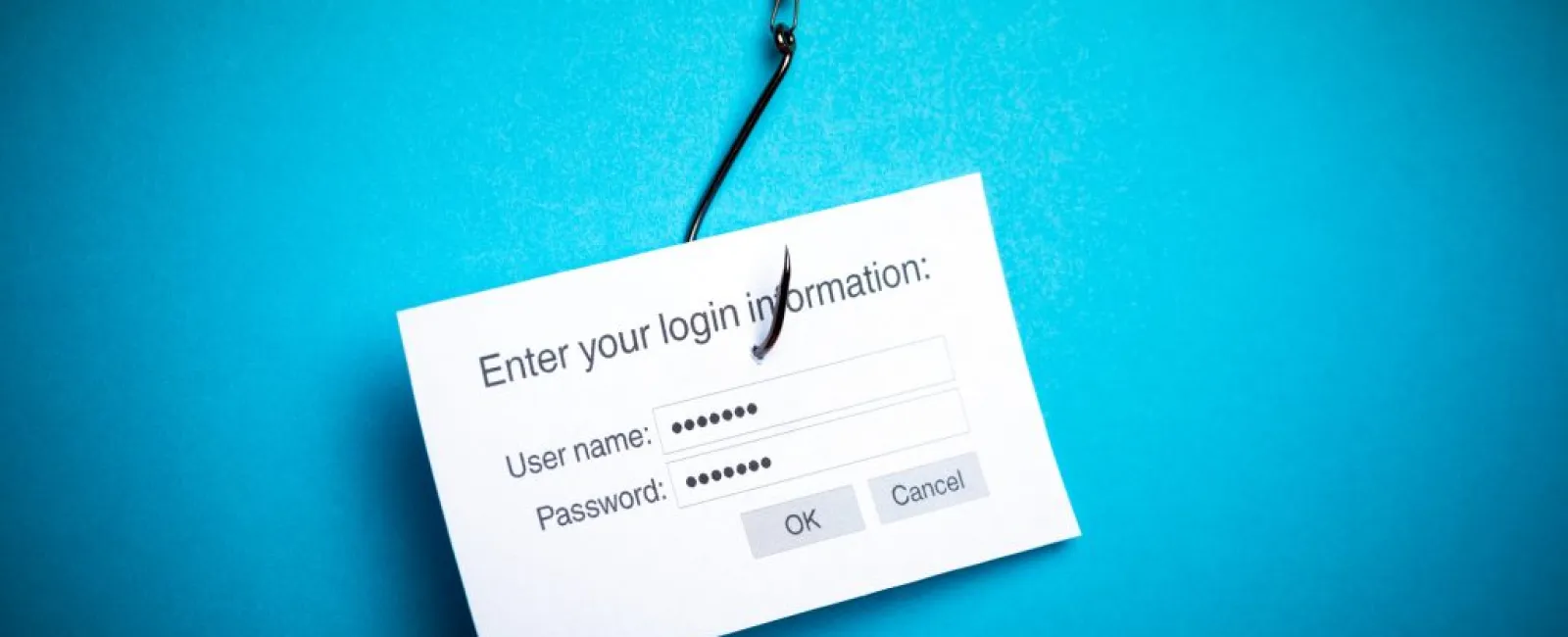September 07, 2023
Phishing: It’s a term we hear more and more in today’s digital age. And while it might sound like a leisurely weekend activity, it’s far from it. Phishing, in the world of cybercrime, is a dangerous scheme to deceive and steal. Let’s look at a few real-life phishing scenarios to understand how they work (for the bad guys) and, most importantly, how to avoid getting caught in the net.
Case Study #1: The CEO Email Scam

Scenario: Mary, a finance executive at a mid-sized company, received an email from her CEO: “Hi Mary, I need you to process a payment for a vendor ASAP. Can you wire $50,000 to this account? Thanks.” The request seemed a bit odd, but it was from her boss. So, she made the transfer.
Hours later, she discovered it was a phishing email. The money, of course, was long gone, and there was nothing they or their bank could do to get it back.
How It Worked: Cybercriminals often impersonate senior personnel because employees are less likely to question their requests. They gather information from social media or company websites and craft a convincing email (which is now even easier with AI tools).
This type of attack can also be referred to as “Business Email Compromise,” or “BEC,” which we’ve discussed in other posts.
Post-Attack Analysis: Personalized attacks like these, known as “spear-phishing,” exploit authority bias. If such an email arrives, verify its authenticity through a phone call or face-to-face before acting.
Case Study #2: The Invoice Nightmare

Scenario: John, who manages inventory for a retail store, got an email from one of their regular suppliers with an attached invoice. He downloaded it, only to find his computer locked by ransomware.
How It Worked: Phishers often send malware-laden invoices, banking on the recipient’s familiarity with the sender. Once opened, the malware activates – locking a computer for ransom, taking control of a network, downloading a virus, or even just downloading a logger so that the bad actor can come back later and execute a spear-phishing exploit..
In this particular case, not only did John get caught, his supplier also may have been phished, a prime example of how even a small company can lead bad guys to other, often bigger, potential victims.
Post-Attack Analysis: Always ensure your software is up-to-date with the latest security patches. If an email or its attachments seem even slightly off, double-check with the sender using known contact information. Don’t reply to a suspected phishing email; send a new email using pre-existing contact information. Call them on the phone if need be – whatever it takes to confirm that the email you’ve received is, in fact, legitimate.
Case Study #3: The Alluring Free Vacation

Scenario: Sarah received an email saying she won a free vacation. All she had to do was click on a link and fill in her details. The offer was irresistible. She clicked, filled in her information, only to later find unauthorized transactions on her credit card.
How It Worked: Offers that seem too good to be true usually are. Phishers create such offers to lure victims into divulging sensitive information. The website links provided often look like a recognizable site URL at first glance but might go to S1TE.COM not SITE.COM (see the difference?).
Remember that our brains are wired to see what we expect to see. We fill in missing words and confuse zeros with the letter O all the time, right?
Post-Attack Analysis: Always be skeptical of such offers, especially if you don’t remember entering any contest. Verify any unexpected wins or offers with the concerned organization directly. If it seems the slightest bit off, listen to your gut and don’t click ANYTHING until you’ve verified that it’s legit.
Lessons Learned and Protective Steps
- Always Be Skeptical: While it’s great to trust, in the online realm, verify first. If something seems off or too good to be true, it probably is.
- Multi-Factor Authentication (MFA): Even if phishers get your password, MFA can stop them in their tracks. It adds an extra layer of security, often requiring you to enter a code sent to your phone.
- Regular Training: Make cybersecurity training, especially phishing awareness, a regular feature in your organization. A well-informed team is your best defense.
- Updated Systems: Always keep your software and systems updated. Many phishing attacks exploit known vulnerabilities that patches can fix.
- Backup Your Data: In cases of ransomware, having a recent backup (stored outside of your primary system) can be a lifesaver. You can restore your system without paying a dime to the attackers.
Understanding phishing is the first step to countering it. By recognizing its various forms and being aware of its tactics, businesses and individuals can remain several steps ahead of these cyber adversaries. Remember, in the vast digital ocean, knowledge is your lifejacket. Wear it well and stay safe!
